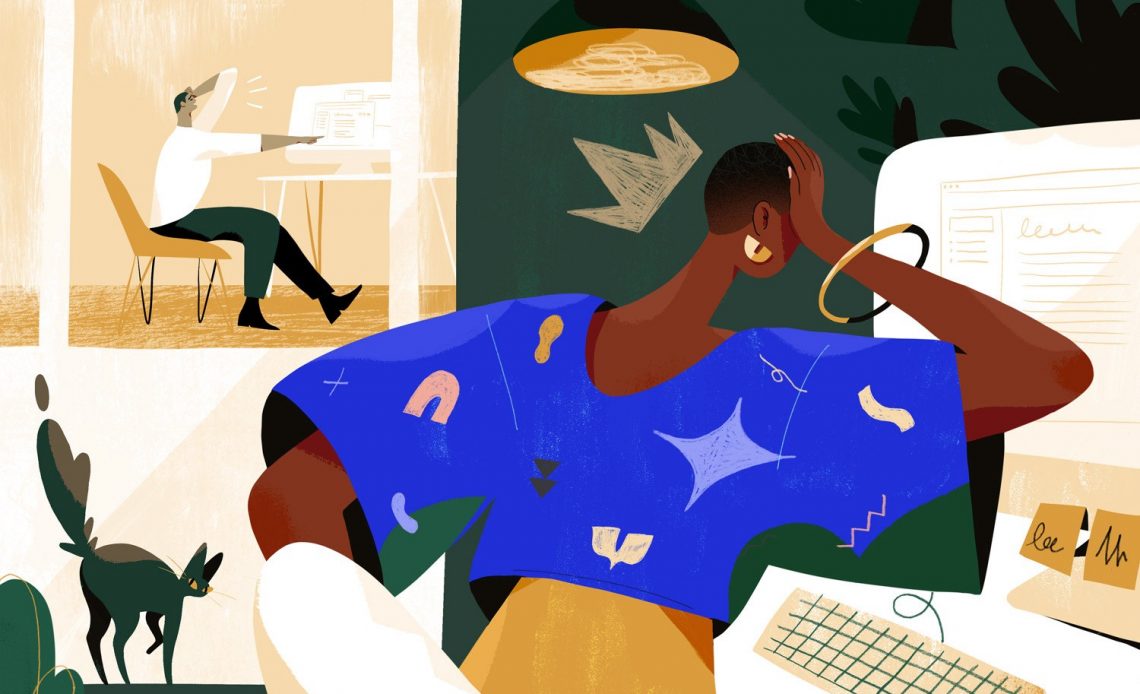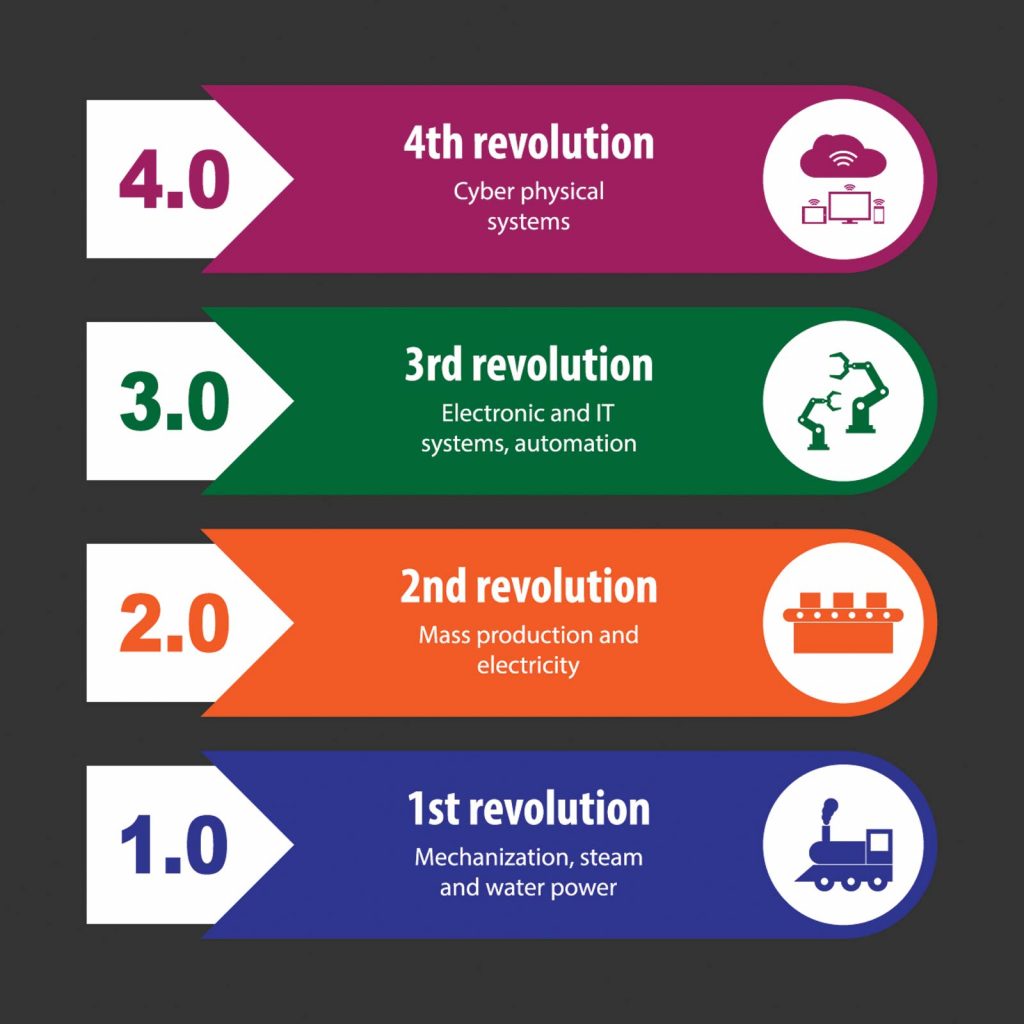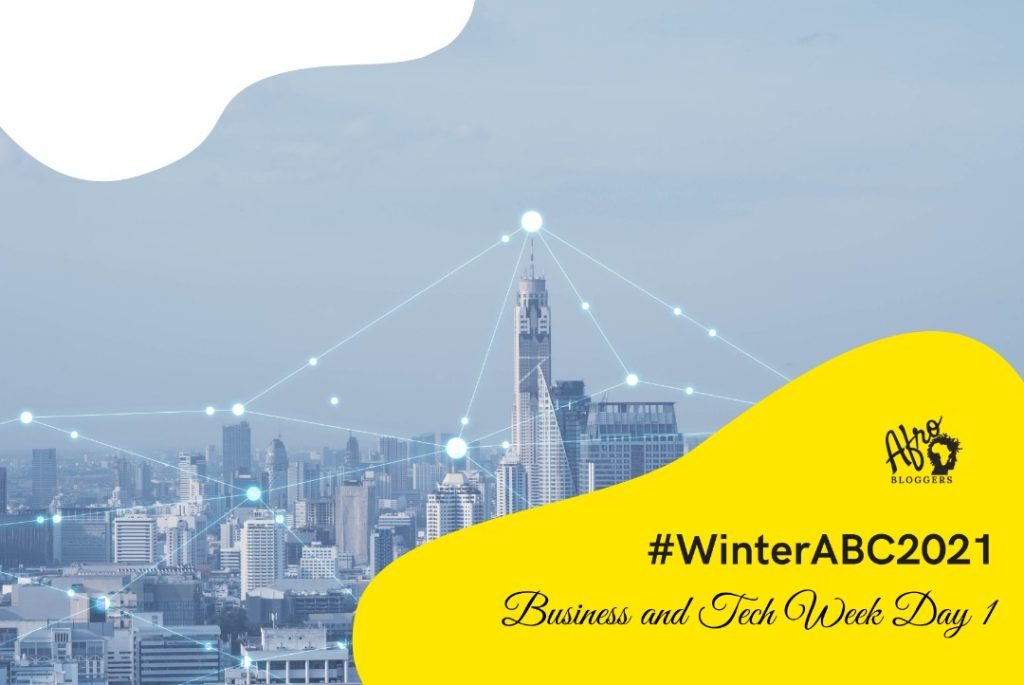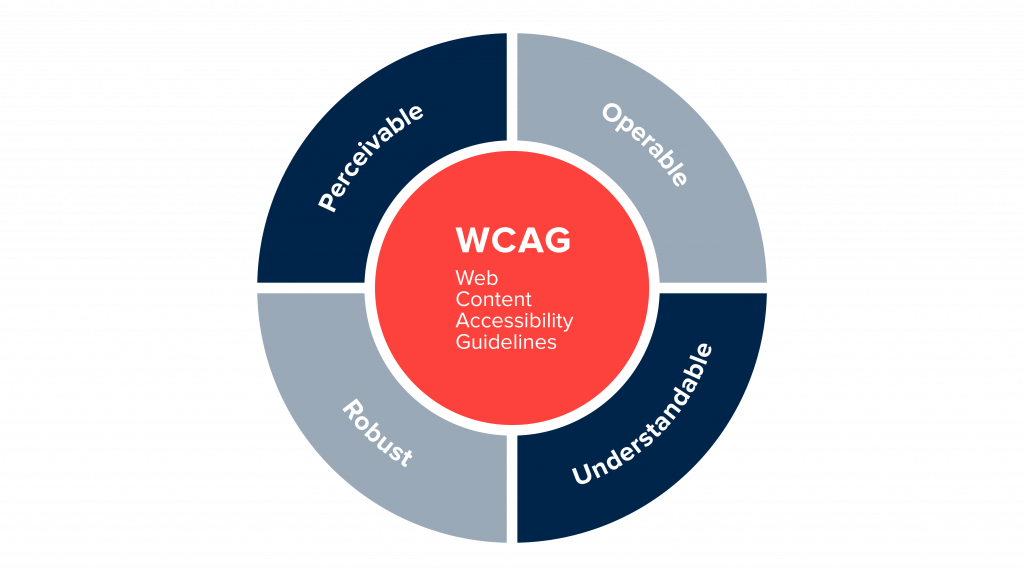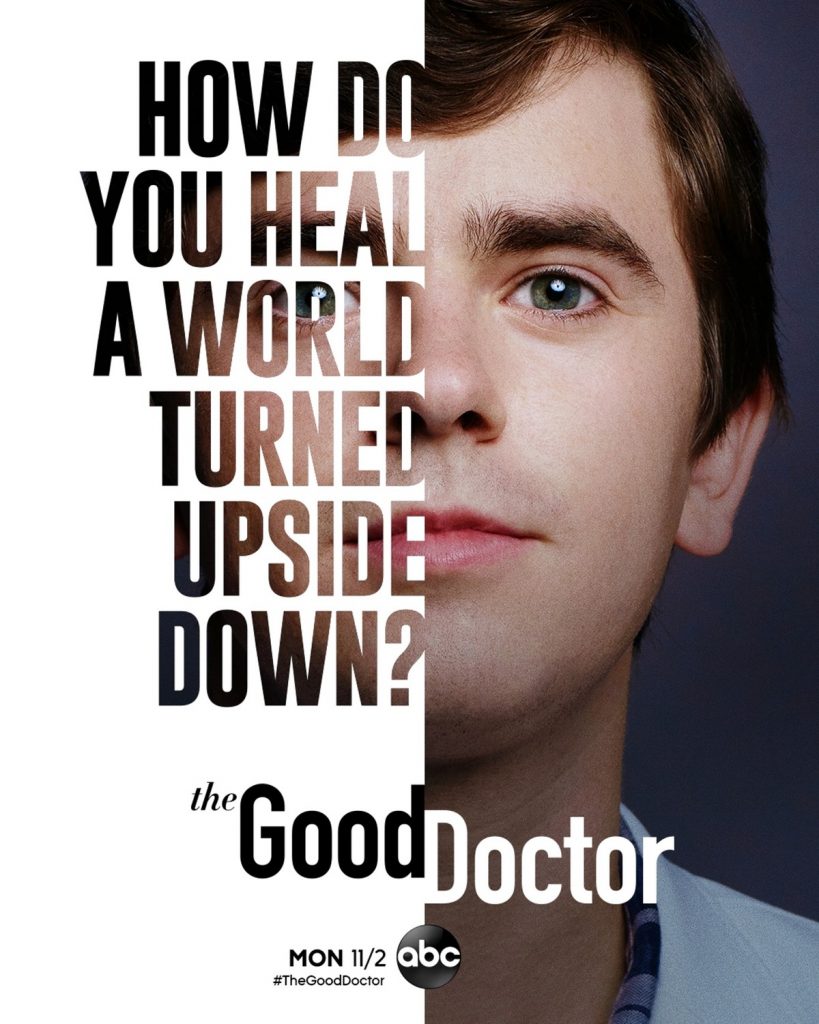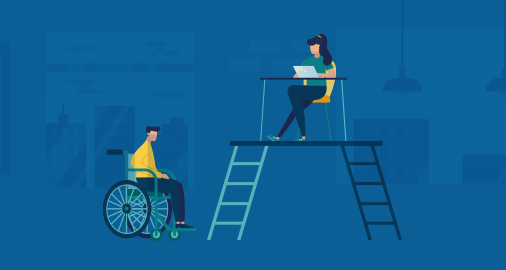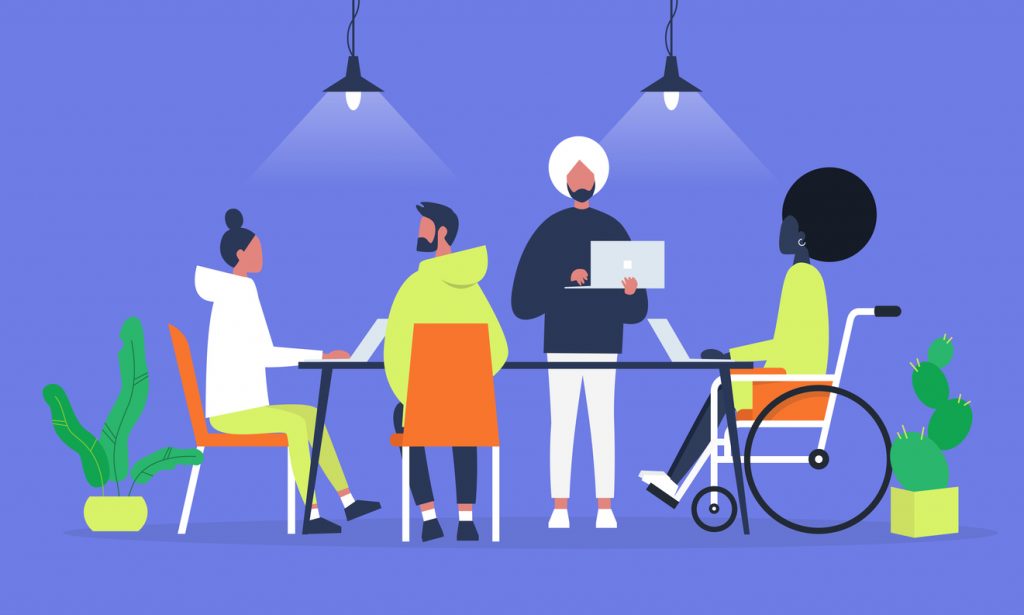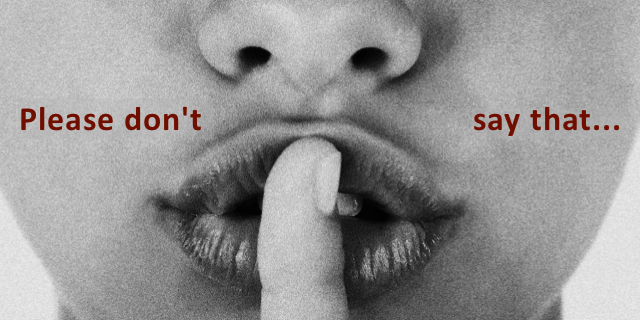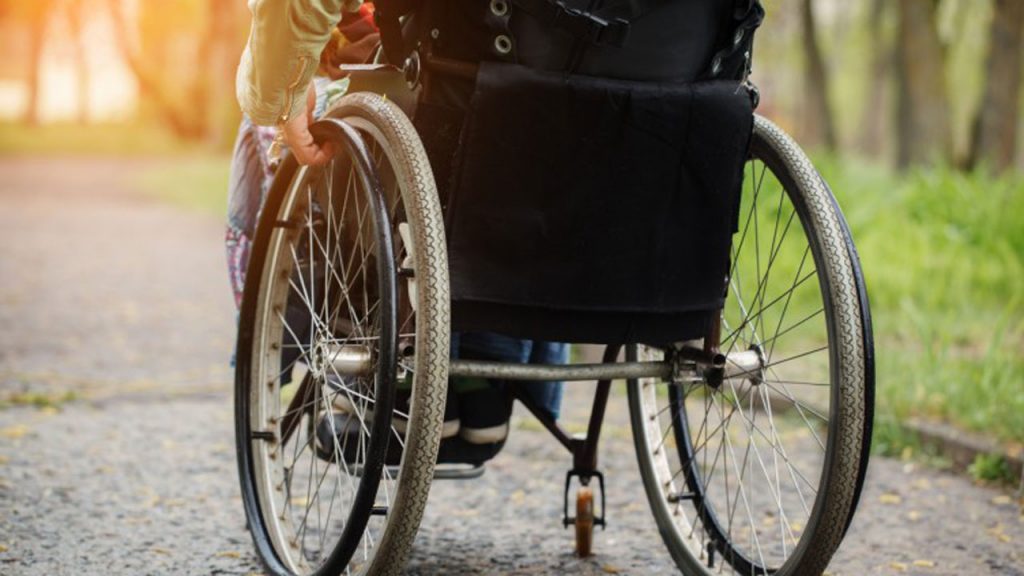It was a hot afternoon, the sun was on an unknown competition with someone and it was clear it was in the lead because it was just midday yet the scotching heat left everyone rubbing pools of sweat from their faces. Being the era of face masks, the whole combination left one very exhausted early in the day. My goal was to go purchase a pair of shoes in the shortest time possible for an upcoming function that was a few days away and race back home to complete a proposal that was long over due. I walked into this shop and a very good looking lady, worn to the nines was busy on her phone. At first it did not hit me thinking whatever it was that had robbed her attention must have been important. I stood infront of her and it took her about two minutes of my being there to lift her head. In the 90th second my irritation was beginning to rise but I struggled and kept calm. When she finally lifted her head, in what looked like a scene in an Indian movie, very sluggishly, she asked what she could do for me. Mark you the whole time she was glued to her seat, legs crossed over her thighs and mouth in her nose. Her attitude had one of the worst foul smells I had come across in such a long time. Greeting for her was not part of the menu, needless to say it felt like she was helping me. Long story short I packed my sweaty, hot tired bones and left her shop before I could lose my mind. Poor customer service has got to be one of if not the biggest pet peeves for me.
Very many people wonder why some business do not live to their 2nd birthday and among the many reasons, it is for pet peeves like these that have sent so many businesses down the drain. You may be wondering what a pet peeve is? A pet peeve is a behavior or display that generates slight annoyance in people. They aren’t things that are so inappropriate and rude that they necessarily warrant taking action, but they’re generally bothersome in a way that will make one roll their eyes in frustration or whatever emotion they employ to express their frustration. I have put together a few pet peeves that could help business owners and not leave their clients spreading the worst gospel about their business which works more against them than anyone else.
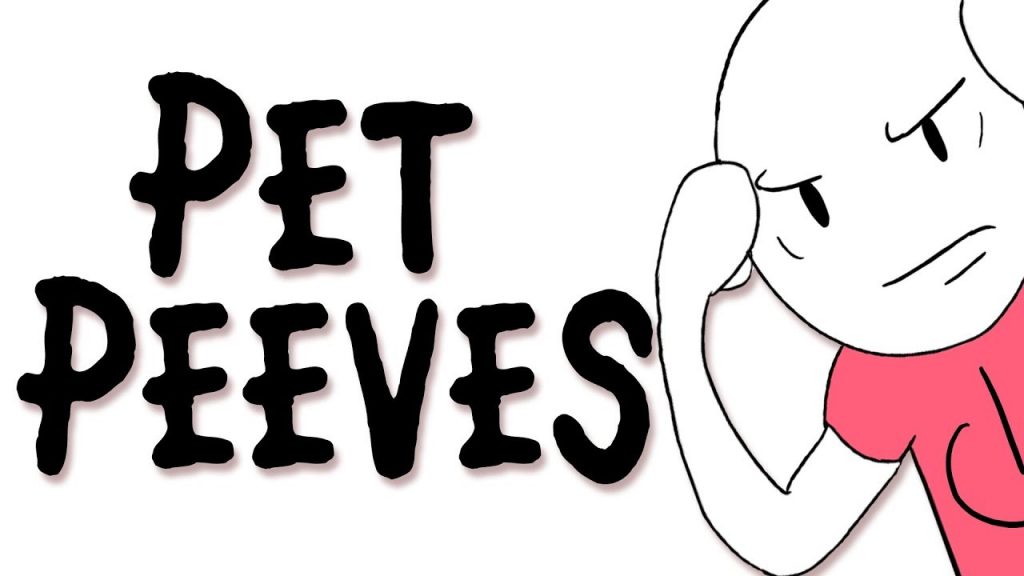
- Being distracted
Being distracted mostly by the gadgets we have with or around us like a mobile device or television has got to be one of the biggest breaches of business etiquette one can do. It is very impolite for you to be using a smartphone or other mobile device during meetings or infront of a client unless you’re dealing with some sort of an emergency, which in any case you would let the person know. If it is not an emergency, it can surely wait and give the person infront of you undivided attention.
“Many times I have seen people try to sneak a peek at their phone in the middle of a business meeting or simply set their phone on the table and in the end get distracted thus frustrating the other party, What this indirectly communicates, is that they (the client) are not that important and they can wait. You will be lucky if someone tells you off that they are offended but most of them will go tell someone who will tell someone and the damage chain will go on. Months down the road you will be wondering how this all happened forgetting the 6 minutes you threw your business to the dogs. Developing business relationships is so important, and getting a chance to be physically present with clients in the this fast progressing Fourth Industrial Revolution where many things are going online is becoming increasingly rare. Take full advantage of those opportunities by being present and making the people you are with feel important and valued. Turning your attention to your phone will not do that.
- Crossing boundaries
Getting too personal can be very irritating for all of us at a point. Much as I know that being friendly in business is good, too much intimacy can easily be misunderstood and misconstrued. During small talk the line is really thin of crossing lines so try and refrain from sharing intimate details of your personal life in a business setting. You can have a brief talk on the current affairs in the country but do not be caught in the cross fire of discussing the better political party or the must go to church around town. Your recent break-up with your significant other has nothing to do with a client so save yourself and the client from the awkwardness.
- Too much information syndrome
Ever got to a business page and see alot of information but fail to make use of any? We are in times where very many businesses have gone online, using mainly social media to market their items and or services to the whole world. Now because of the looming competition that seems apparent, business owners feel the need to pour as much information as possible onto these sites. Having a structured way of sharing information and well thought times to share as well as putting out only information that needs to be out there will save you the energy and do your business justice. Try to keep the business pages professional and be careful not to share personal information on the business pages.
- Not being respectful with time
There is an old saying the reads, “Time is money.” It is my belief that etiquette anywhere really boils down to showing respect to others and this applies in businesses too. If you made an appointment with someone, why would you wait for them to call you first or reach in the agreed venue before you? Why? They have the luxury to be late but you don’t. Remember what they say about customers? A customer is king. As a rule always be aware of other people’s time. Pay attention to being timely for meetings (I cannot emphasize this enough), do not overstay your welcome, be succinct, prepare and listen. Be aware of others and listen.
What pet peeves have you experienced receiving a service? Let us help business owners today?

